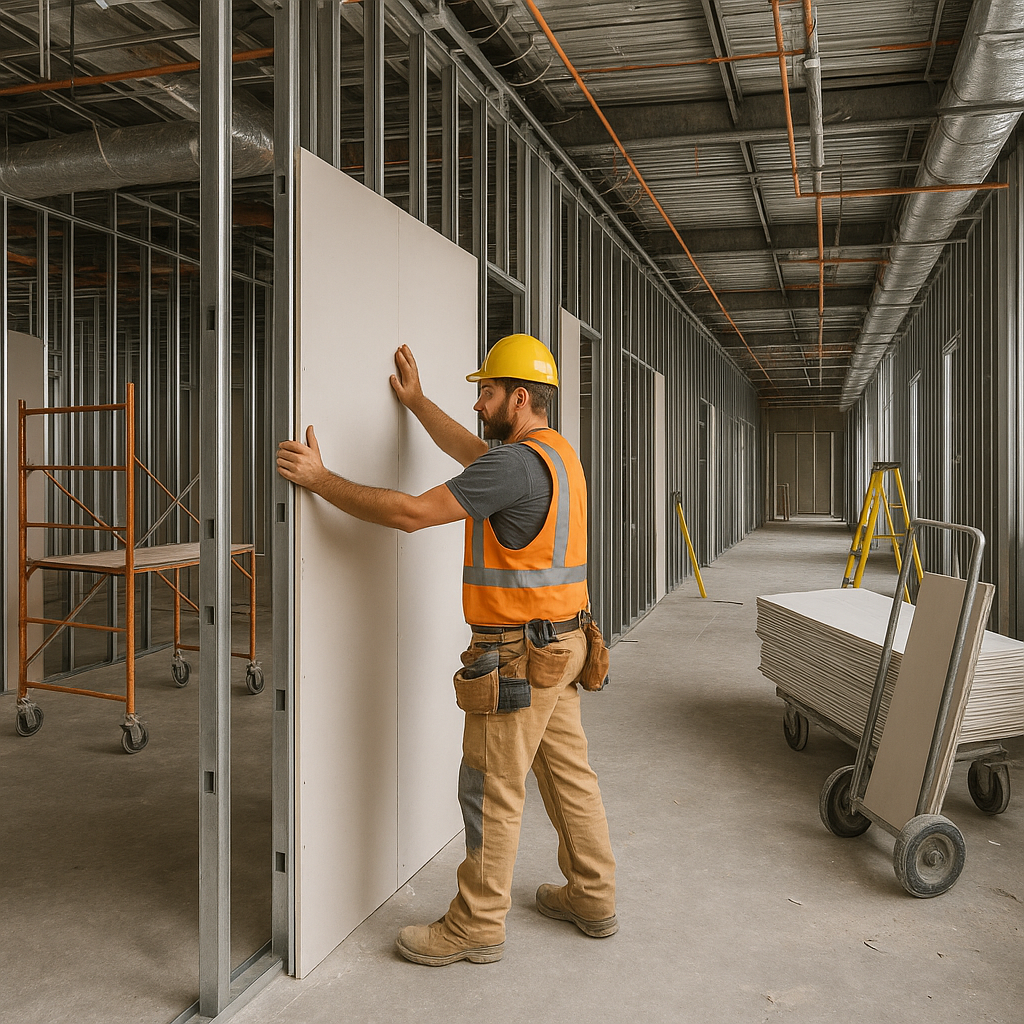
Drywall pricing is never one-size-fits-all, and nowhere is that more evident than in how location impacts unit pricing. Across regions, cities, and even neighborhoods, material costs, labor rates, building codes, and logistics challenges vary significantly. For architects, engineers, and general contractors working across multiple markets, understanding and accounting for these geographic variances is critical to developing reliable and competitive drywall estimates.
Every region has unique market dynamics that affect cost per square foot. These include more than just supplier pricing—they also involve how projects are built, what’s required by code, and how materials and crews move on-site.
When pricing drywall in new markets, estimators should be prepared to adjust unit costs based on:
One of the biggest risks in multi-market estimating is relying too heavily on historical cost data from unrelated geographies. Instead, estimators can reduce exposure to pricing inaccuracies by:
Modern platforms like Active Estimating enable location-specific modeling by integrating contextual project data into takeoffs and assumptions. This includes sourcing data, local wage inputs, productivity benchmarks, and even GIS overlays to support regional pricing accuracy. Estimators can dynamically adjust drywall rates based on known or projected local variables without rebuilding estimates from scratch.
Using a purpose-built drywall estimating software lets estimators toggle between regional pricing models, load customized cost databases, and simulate bids across multiple jurisdictions. This flexibility is especially valuable for firms that operate nationally or pursue design-build opportunities across diverse markets.
Location influences every aspect of drywall installation—from pricing to productivity. To bid competitively and build profitably, estimators must embed regional intelligence into their workflow. With tools like Active Estimating, project teams can make smarter, site-specific pricing decisions that reflect the true complexity of each location—without sacrificing speed, transparency, or accuracy.
Schedule a personalized demo to see how Active Estimating can work for your specific needs.
